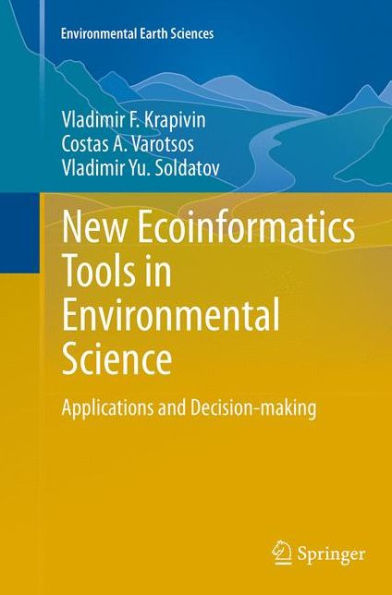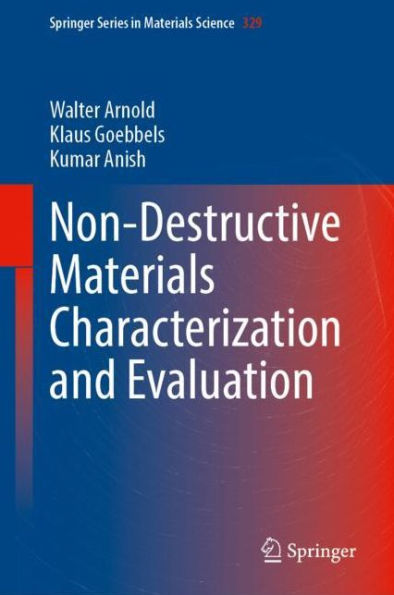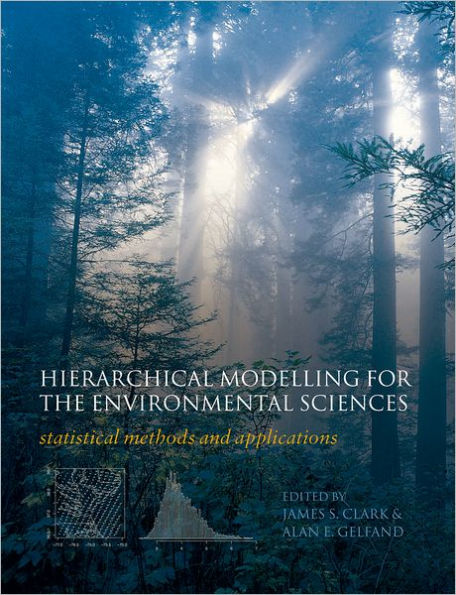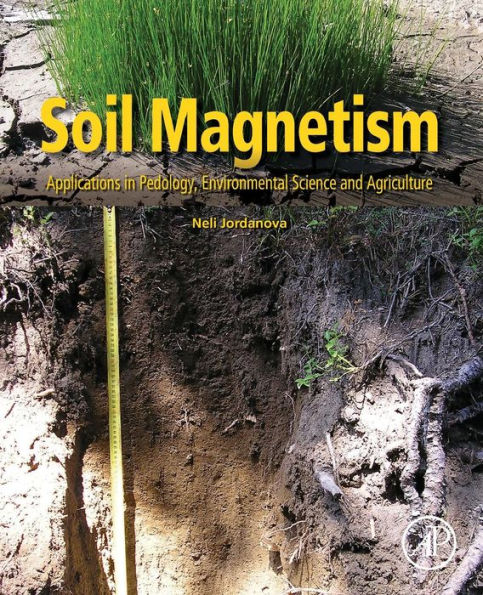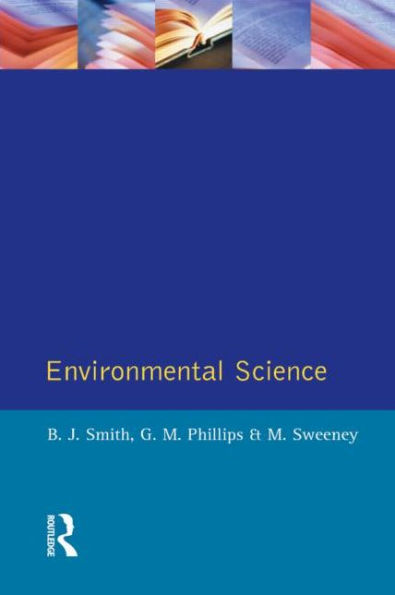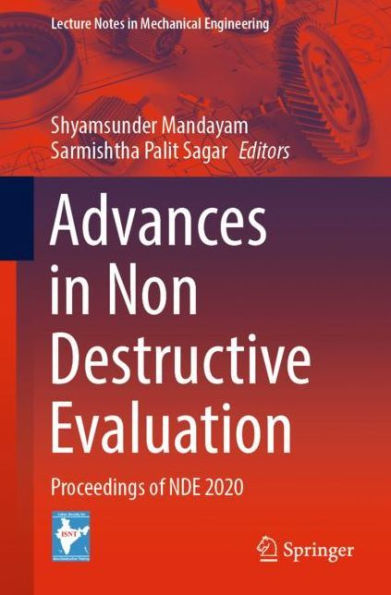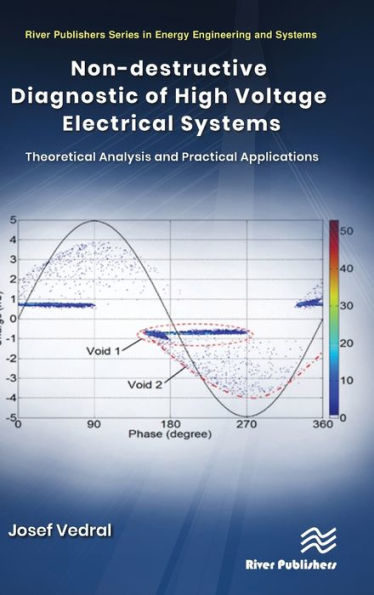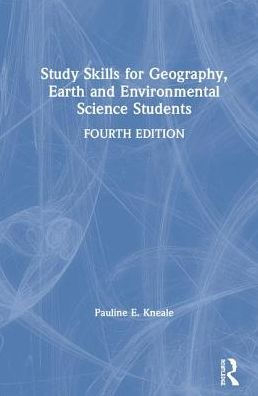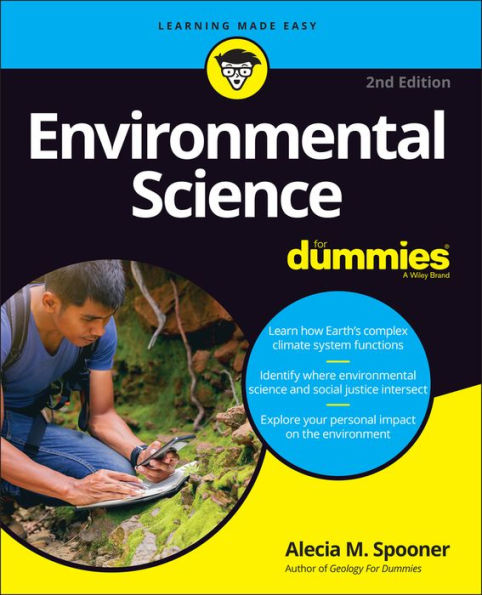Home
Micro-XRF Studies of Sediment Cores: Applications a non-destructive tool for the environmental sciences
Barnes and Noble
Micro-XRF Studies of Sediment Cores: Applications a non-destructive tool for the environmental sciences
Current price: $139.99
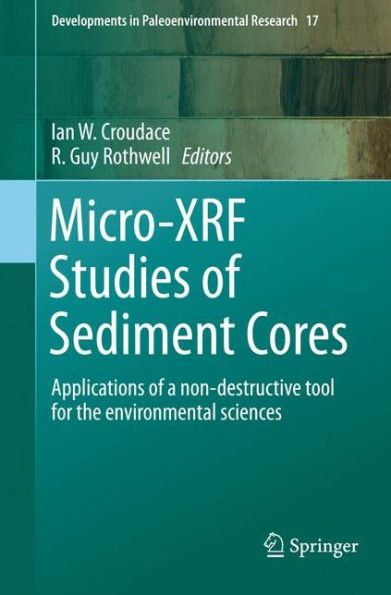

Barnes and Noble
Micro-XRF Studies of Sediment Cores: Applications a non-destructive tool for the environmental sciences
Current price: $139.99
Size: Hardcover
Loading Inventory...
*Product information may vary - to confirm product availability, pricing, shipping and return information please contact Barnes and Noble
This volume presents papers on the use of micro-XRF core scanners in palaeoenvironmental research. It contains a broad ranging view of instrument capability and points to future developments that will help contribute to higher precision elemental data and faster core analysis. Readers will find a diverse range of research by leading experts that have used micro-XRF core scanners in a wide range of scientific applications. The book includes specific application papers reporting on the use of XRF core scanners in a variety of marine, lacustrine, and pollution studies. In addition, coverage also examines practical aspects of core scanner usage, data optimisation and data calibration and interpretation.
In a little over a decade, micro-XRF sediment core scanners have made a substantive contribution to palaeoenvironmental research. Their impact is based on their ability to rapidly, non-destructively and automatically scan sediment cores. Not only do they rapidly provide important proxy data without damaging samples, but they can obtain environmental data at decadal, annual and even sub-annual scales. This volume will help both experienced and new users of these non-destructive core scanners take full advantage of one of the most powerful geochemical screening tools in the environmental scientist's toolbox.
In a little over a decade, micro-XRF sediment core scanners have made a substantive contribution to palaeoenvironmental research. Their impact is based on their ability to rapidly, non-destructively and automatically scan sediment cores. Not only do they rapidly provide important proxy data without damaging samples, but they can obtain environmental data at decadal, annual and even sub-annual scales. This volume will help both experienced and new users of these non-destructive core scanners take full advantage of one of the most powerful geochemical screening tools in the environmental scientist's toolbox.
